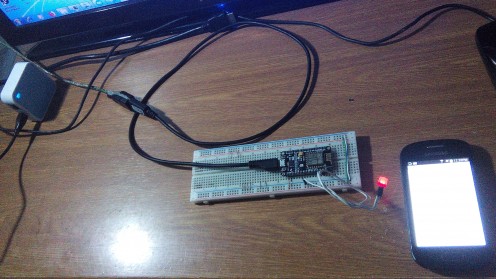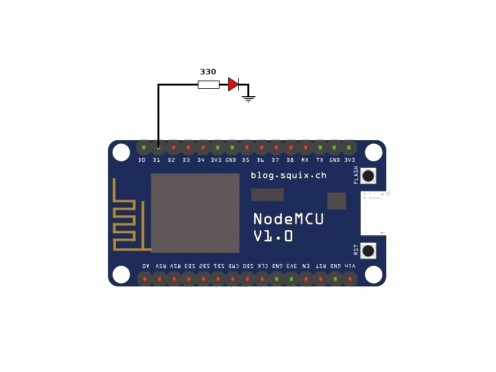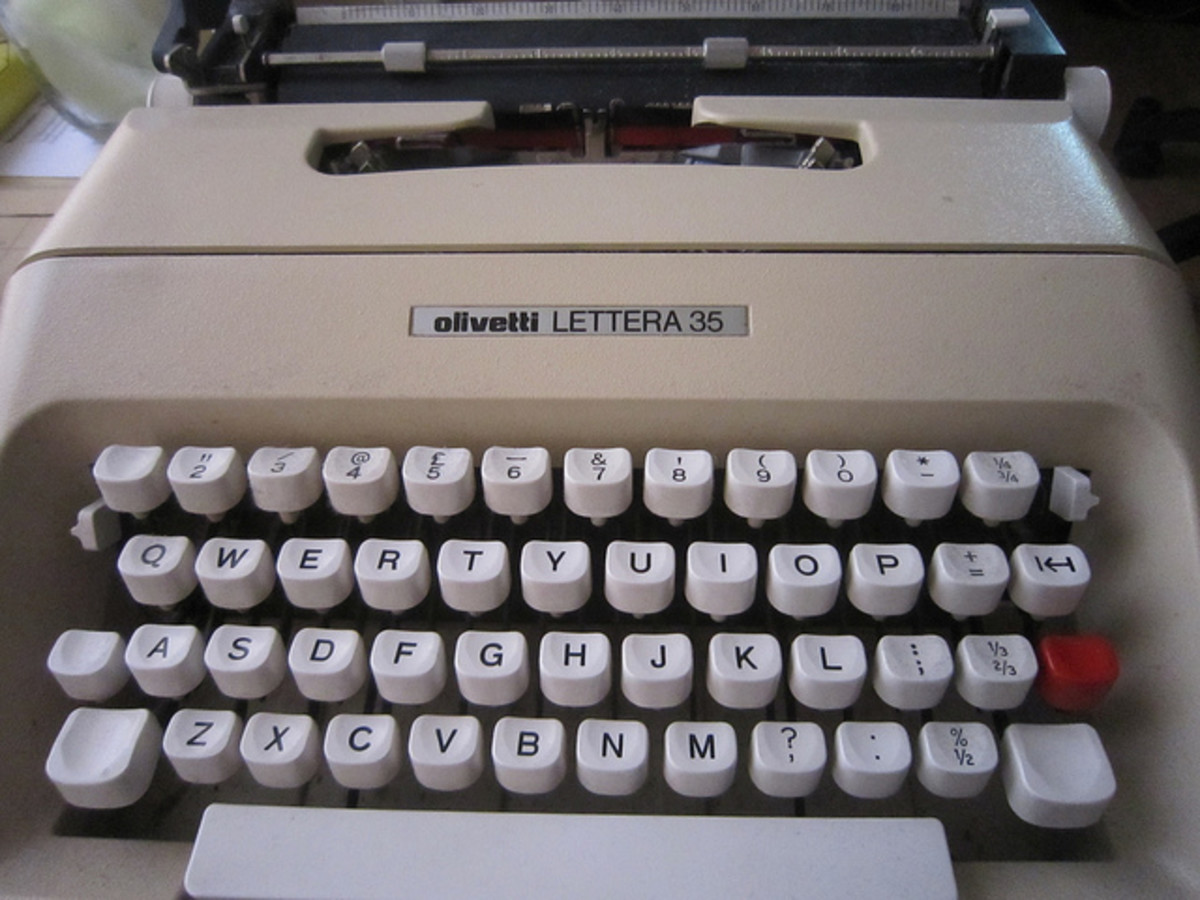My Favorite Projects With NodeMCU
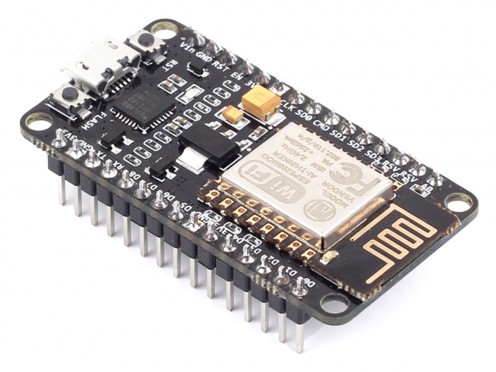
Introduction
Whenever we start with a new electronic device we start to investigate how it is used and there are always some examples that leave us many lessons and in this case I show you the examples that have been useful to develop more complex things. At the end of this exhibition I show you the download link of the codes of these examples.
1) LED and Switch
In this example we will first learn how we will achieve the turning on and off of an LED. Finally we will control the switching on and off of a LED diode by means of a switch.

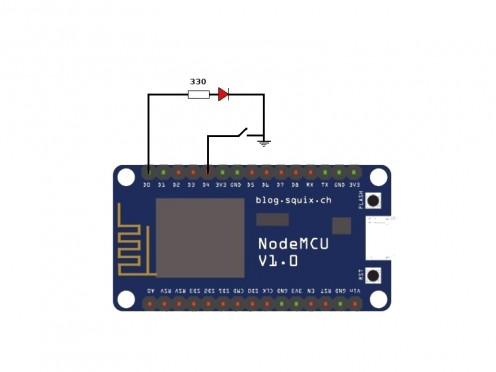
2) Analog Input and PWM Output
In this example we will set how to configure the only analog input port that this module has and finally we will control the lighting of a LED using these analog values and converting them into PWM signals. In my case I use a potentiometer to regulate the analog voltage.
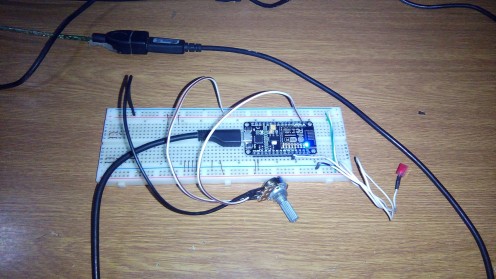
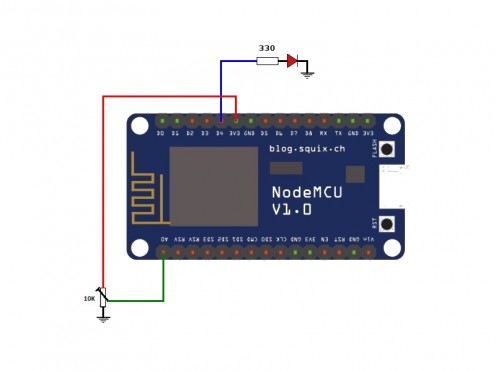
3) LM35DZ
In this example I show you how to use this temperature sensor and to achieve this we only have to make a small modification to the code, since the voltages with which we are going to feed this sensor are 3.3 volts.
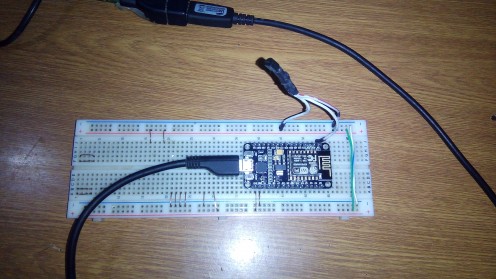
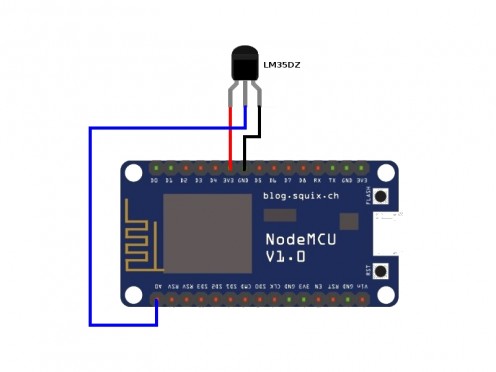
4) DHT11 Sensor
In this interesting example we are going to monitor the temperature in degrees Celsius and degrees Fahrenheit. We are also going to measure the relative humidity of the environment. We are going to see these measured values in any web browser that has WiFi connection to the server of my NodeMCU device.
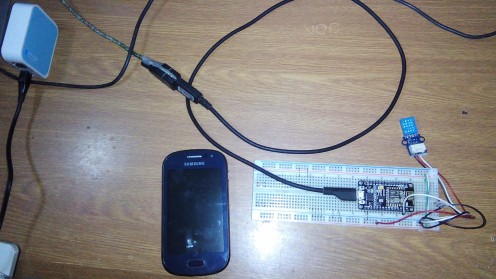
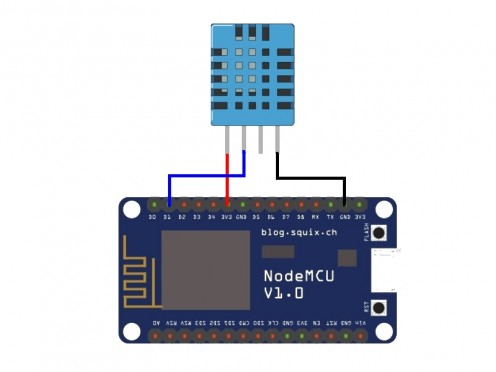
5) DS18B20 Sensor
In this other example, we are going to monitor the temperature in degrees Celsius and degrees Fahrenheit of the environment. We are going to see these measured values in any web browser that has WiFi connection to the server of my NodeMCU device.
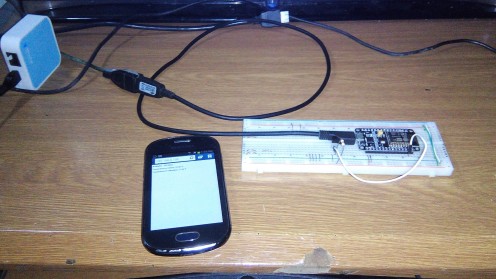
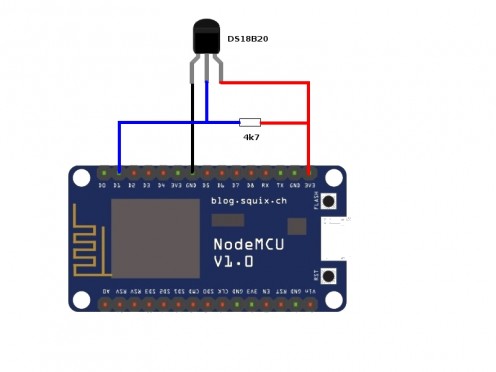
6) Switch to LED with NodeMCU and App Inventor
Finally I show you how we can control the turning on and off of an LED diode, through a simple Android application and developed with App Inventor 2. You can discover that achieving it is not so difficult as long as your router has a good reach.
